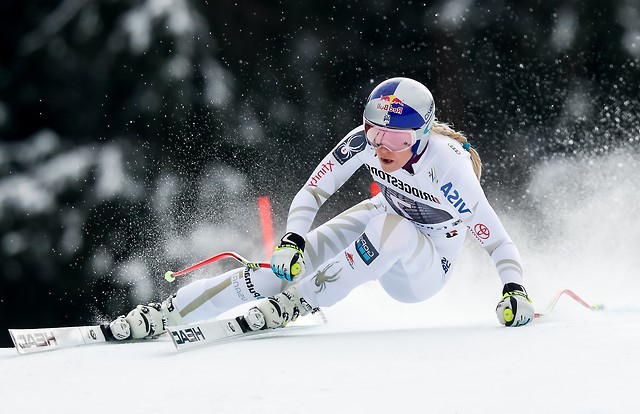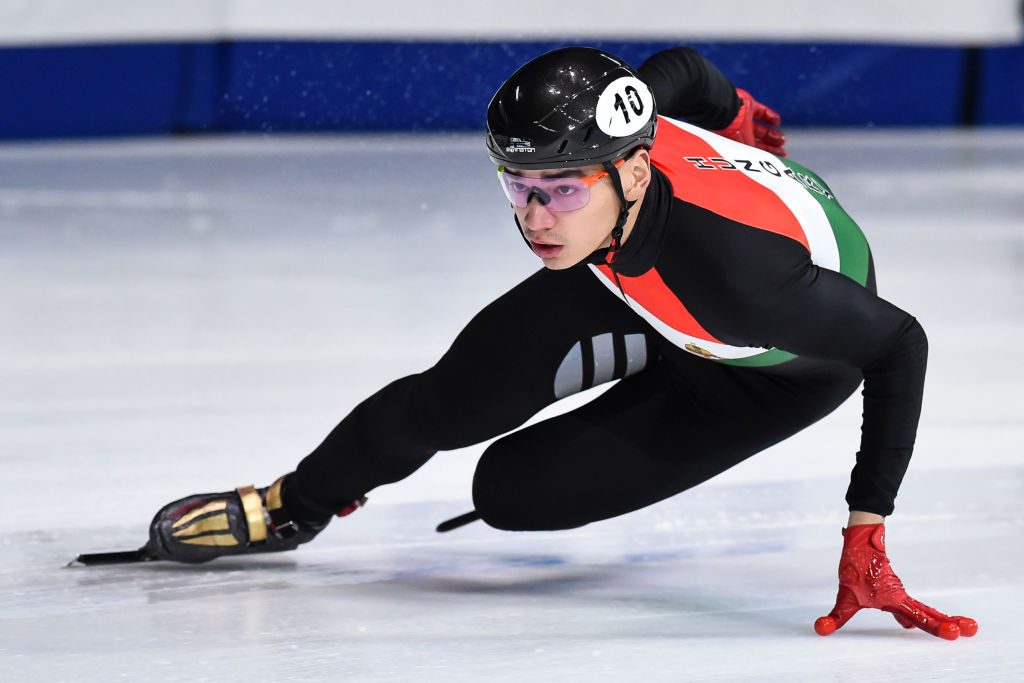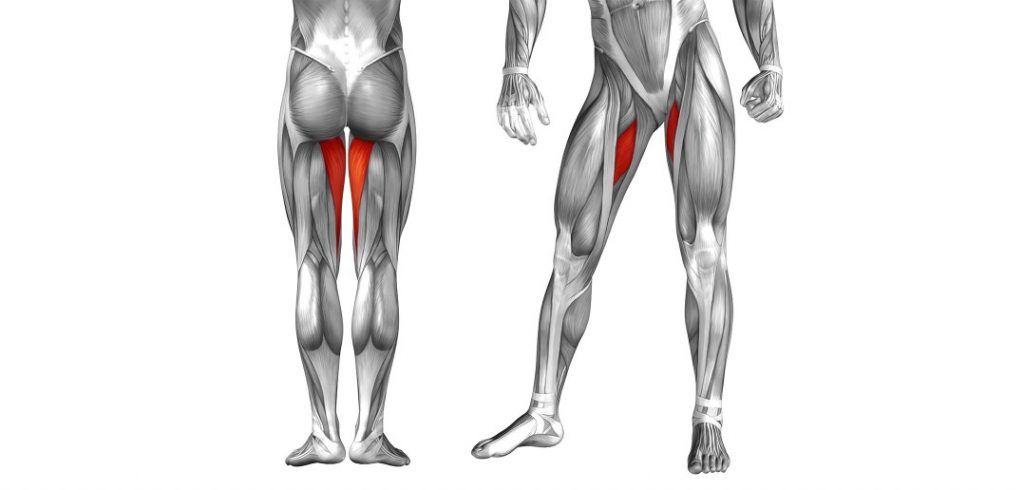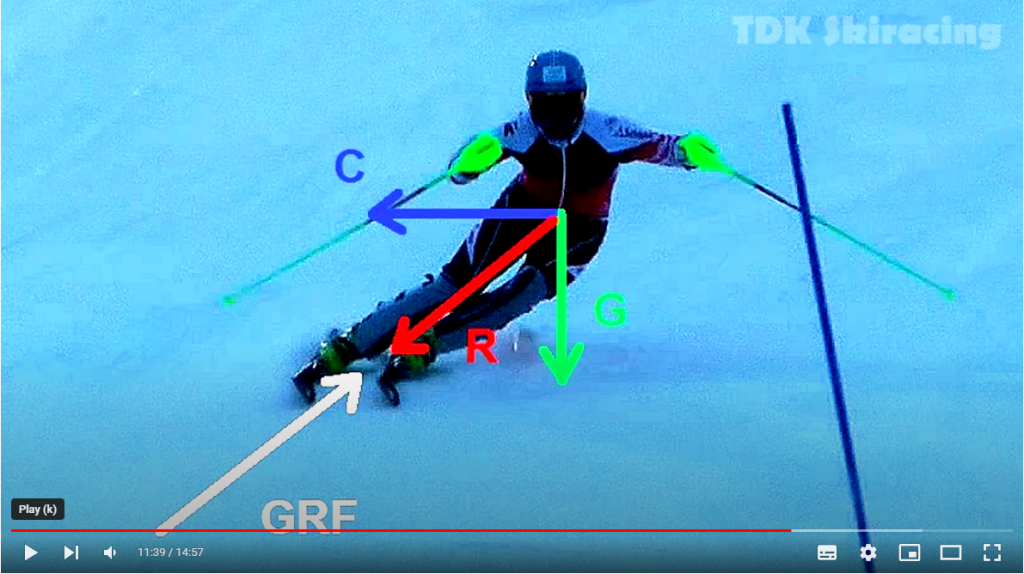The video today is a record of our starting point. Harry is clearly the most confident skier on this terrain and probably has more experience but in terms of understanding and technique all are equally being impeded in progress due to the influence of standard ski teaching dogma. There’s no point critiquing or analysing the actual skiing – we have to instead provide a new paradigm that allows genuinely effective skills and adaptation to develop naturally. This process does not require a step backward – it should immediately provide positive gains.
Dynamics
This link: Dynamics has a general explanation of the principles and exercises we used today.
- Dynamics – physics of disequilibrium – you are not “balancing” you are SKIING
- The skier has one job – to fall over (laterally to the direction of travel of the skis)
- The ski has one job – to lift the skier back up
- You fall/push toward to left to go left – and to the right to go right
- Let the body follow the skis around- do not actively rotate the body
- Forward motion/speed is necessary for the ski to work – exactly as for a bicycle
- Drive the Centre of Mass (CoM) toward the turn centre from start to finish
- To “drive” the CoM keep the outside leg extended after the initial skating thrust
- The second half of the turn requires more work/driving inward than the initiation
- Start the turn with committed pressure against the uphill ski for grip and turn shaping
Take a ball on the end of a string and spin it around in circles above your head.
There are only two forces acting on the ball
Force 1 is the string pulling the ball toward the centre – called centripetal force (which also lifts the ball up)
Force 2 is gravity pulling the ball down
In Skiing “Force 1” is the ski cutting in front of the skier’s trajectory thus deflecting the skier inward and also upward. The only other force in skiing is of course gravity.
The point to grasp is that there are NO balancing forces – instead there is “angular acceleration”.
Skiing is about stable, organised accelerations. That’s what you feel – not balance. The difference is not semantics – or trivial. Instruction manuals ALWAYS show diagrams of balanced forces and it’s plain and simply wrong – and so are the miss-instructions that follow.
Skating


Yes – skiing is skating!
Here’s a video from my “Beginner’s” link in the menu at the top of the page. This is how I teach complete beginners without any use of a snowplough. (When the situation permits!)
Skating – like skiing – is all about displacement of the centre of mass. The skis respond to the motion of the centre of mass – it’s not even about pressure on one ski or the other – there are many one legged skiers!
Feet
Use the subtalar joints below the ankles to roll both the feet onto their inside edges – the forefeet rotating slightly outward. The support foot (outside of turn) will then have the foot turned slightly away from the direction of the turn – it’s a deliberate pronation of the subtalar joint – the opposite of supination which is common to the snowplough.

When pronating the subtalar joints connect this with active contraction of the adductor muscles in the upper legs… (NEVER push the knees into a turn unless you want to wreck them)

The feet and legs will then provide a coordinated structure for moving the centre of mass. For most purposes both feet/legs are doing this simultaneously – regardless of turning direction.
Note: For reference only… The red and blue forces “balancing” in the diagram do not exist in reality – they are only mathematical. They are called Pseudo forces, d’Alembert forces, Fictive forces or Inertial forces – just different names for the same mathematical thing.


